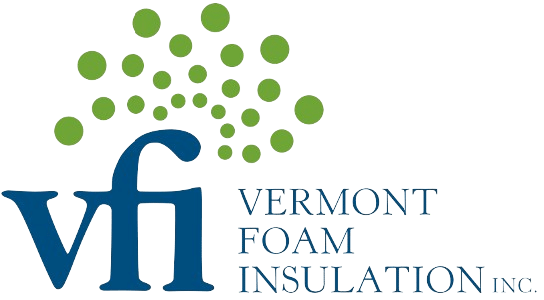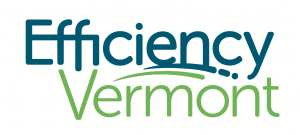Winter is just around the corner, and even though you might still be thinking about the warm days of summer, the reality is that overnight frosts are just around the corner, if they haven’t already happened, in Vermont and New Hampshire.
Remember that chilly draft in your kitchen last January? Before you have to suffer through another winter in double-layered sweaters, here are some common questions we get from customers who might suspect they need insulation work to take full advantage of their heating and cooling systems, but don’t know how to get started.
1. How Often Should I Replace Insulation?
Are you experiencing any of the following? Here are some signs that you need new insulation for your home or could be ready for insulation upgrades.
-
Significant daily indoor temperature changes
-
Drafty rooms
-
Attic insulation that has visibly settled or been water damaged
-
Higher than expected energy bills
2. Should I Remove Existing Insulation?
Many customers ask us whether they can save money by just adding new insulation on top of what they already have. Unfortunately, there are a number of reasons why it’s always better to completely remove old insulation before starting new insulation upgrades.
Old Insulation is Bad Insulation
The older your insulation is, the more likely it’s fallen victim to pest infestations or moisture. As insulation ages, it can compress and lose the air pockets vital to slowing the transfer of heat, and some kinds of cellulose insulation even start to lose their fire-retardant properties with time, making them a potential safety hazard.
Start With a Clean Slate For Spray Foam
If you’re considering open cell or closed cell spray foam insulation, you’ll definitely need to remove your existing insulation—spray foam needs a clean dry surface to adhere to.
3. What Type of Insulation Should I Use?
There are a number of different kinds of insulation, and because every home is unique, it’s hard to definitively state what insulation you should use without having a home performance professional complete a site inspection.
But in general, spray foam insulation is most often used for attic rafters, exterior walls, and crawlsapce encapsulation, as well as anywhere that air sealing or air barriers are needed. Loose fill cellulose insulation is a good fit for unfinished attic floors, while dense packed cellulose can be blown into exterior and interior walls. Finally, fiberglass batts are usually used for wall insulation as well as attics.
4. Where in My Home Should I Insulate?
While increasing your home’s energy efficiency will require a whole home approach to insulation and air sealing, there are areas that are a higher priority than others.
Replacing old attic insulation is a must for almost any house, as the majority of heat loss occurs through the top of a home. Basement wall insulation is another great place to target, as cold air can be drawn in from outside through the bottom of your home, in what is called the “stack effect”.
5. Is Insulating My Walls Going to Be a Big Hassle?
Have you been putting off insulating your exterior walls because you’re worried about the damage that tearing apart your siding or your inside drywall might cause? As long as your existing walls don’t have fiberglass batt insulation, you can put those worries to rest.
With a series of small holes ranging from ½” to 2”, cellulose and spray foam insulation can both be injected directly into a wall cavity. Blown in wall insulation like cellulose is densely packed, while injection spray foam slowly expands inside your walls, providing superior air sealing qualities.
6. Should I Hire a Professional Contractor?
Thinking about buying a DIY spray foam insulation kit and handling the job yourself? After all, you might say to yourself, how hard could it be? Actually, this is one of those home improvement jobs you really want to leave to the professionals.
Without an energy audit, you’ll be left largely guessing where insulation is needed and whether you’ve done a sufficient job. Special equipment is necessary to insulate correctly, and plus, by hiring a professional insulation company like Vermont Foam Insulation, you get the convenience of us handling the old insulation removal as well.
7. Do I Qualify for Insulation Rebates?
One of the great things about working with Vermont Foam Insulation is that we’ll help you qualify for as many rebates and tax credits as possible! Southern Vermont homeowners can save as much as $4,000 in rebates through Efficiency Vermont’s Home Performance with ENERGY STAR program, and Vermont and New Hampshire customers are eligible for as much as $500 in a federal tax credit.
Quality Home Services with Vermont Foam Insulation
Still have questions about insulation services in your southern Vermont or southwestern New Hampshire home? Wondering about the cost to remove or replace attic insulation? Reach out to Vermont Foam Insulation to schedule your free site evaluation.








